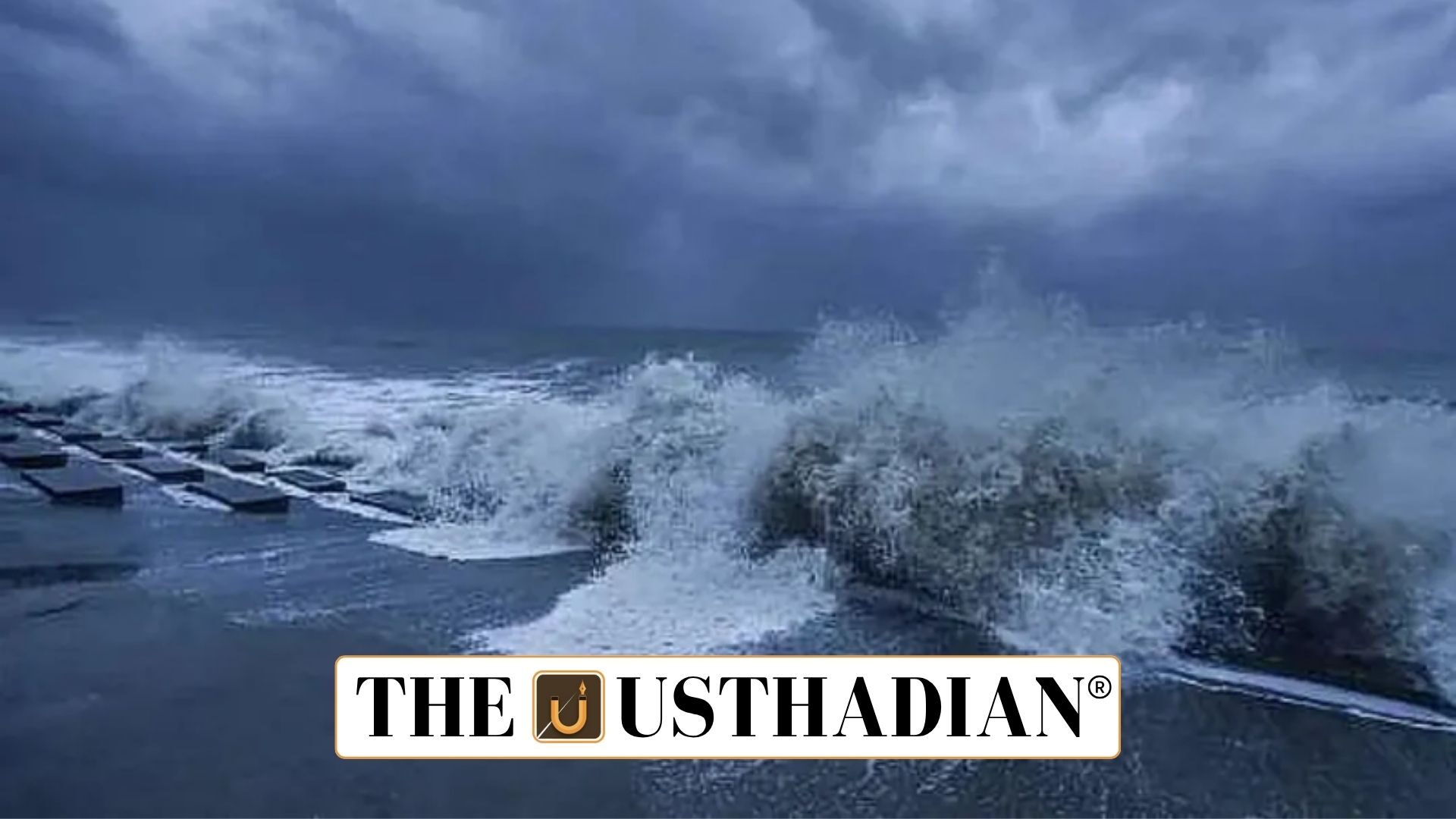Cyclone formation
Cyclone Shakti Arabian Sea Storm and Maharashtra Impact: Cyclone Shakti formed in October 2025 over the east-central Arabian Sea, where sea surface temperatures crossed 27°C. The warm ocean waters provided the essential heat energy for its development. Low vertical wind shear and high atmospheric moisture created favorable conditions for intensification.
Static GK fact: The minimum sea surface temperature required for cyclone formation is 26.5°C.
Naming of the storm
The cyclone was named Shakti, meaning power or energy. This name was proposed by Sri Lanka under the WMO/ESCAP Panel on Tropical Cyclones, which oversees the naming of storms in the North Indian Ocean. A list of names is contributed by 13 member countries to simplify communication and increase public awareness during emergencies.
Static GK Tip: The WMO/ESCAP Panel was established in 1972 to coordinate cyclone-related cooperation across the region.
Classification and strength
The India Meteorological Department (IMD) classifies cyclones in the North Indian Ocean based on sustained wind speeds. With winds between 89–117 km/h, Cyclone Shakti has been categorized as a Severe Cyclonic Storm. This is a middle-level classification, below categories such as Very Severe, Extremely Severe, and Super Cyclone.
Geographical path and impact
As of October 4, 2025, Cyclone Shakti was situated nearly 420 km from Dwarka, Gujarat, moving west-southwestward at around 18 km/h. Although not expected to make direct landfall in India, its peripheral impacts are significant. The Konkan coast of Maharashtra, especially Mumbai, Thane, Palghar, and Raigad, has been experiencing moderate to heavy rainfall, strong winds, and rough seas.
Static GK fact: The official cyclone season in the Arabian Sea runs from April to December, with peaks in May and October–November.
Changing cyclone trends
Traditionally, the Bay of Bengal accounted for a majority of cyclones, while the Arabian Sea remained less active. However, climate change is altering this trend. Between 2001 and 2019, there was a 52% increase in severe cyclones over the Arabian Sea.
Rising sea surface temperatures, along with large-scale oceanic factors such as the Indian Ocean Dipole (IOD), are intensifying cyclonic activity. This shift means that west coast states like Maharashtra, Goa, and Gujarat are becoming more vulnerable to cyclone impacts.
Disaster preparedness
The IMD continues to issue timely warnings and forecasts for Cyclone Shakti. States have placed disaster management teams on alert. The event underlines the urgent need for coastal infrastructure resilience, early warning systems, and stronger policies addressing the impact of climate change on extreme weather patterns.
Static GK fact: The India Meteorological Department, established in 1875, is the principal government agency for weather forecasting and cyclone monitoring in India.
Static Usthadian Current Affairs Table
Cyclone Shakti Arabian Sea Storm and Maharashtra Impact:
| Topic | Detail |
| Cyclone name | Shakti, proposed by Sri Lanka |
| Meaning of name | Power or Energy |
| Date of formation | October 2025 |
| Location | East-central Arabian Sea |
| IMD classification | Severe Cyclonic Storm (89–117 km/h) |
| Distance from Dwarka | About 420 km (October 4, 2025) |
| Direction of movement | West-southwestward at 18 km/h |
| Affected Indian states | Maharashtra, Gujarat (alerts), Goa (risk) |
| Seasonal peak | May, October–November |
| Increase in Arabian Sea cyclones | 52% rise between 2001–2019 |








